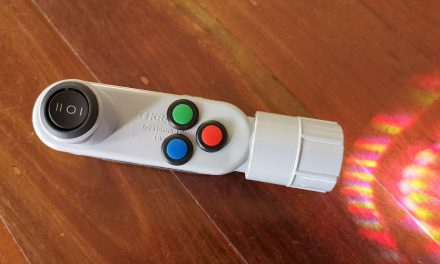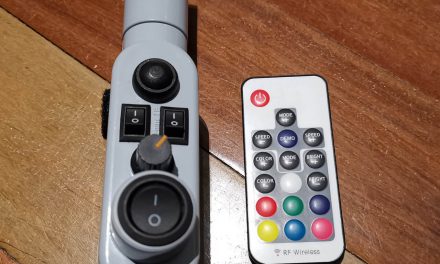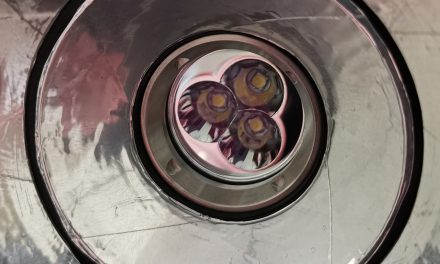
Flashlight Review: Klarus XT2CR & TRS1

Disclaimer
This review is of the Klarus XT2CR flashlight and TRS1 remote pressure switch. The Klarus XT2CR was sent to me for an honest review by GearBest. Product page link. No other payment, or commission was receieved. The TRS1 pressure switch was purchased by myself from liteshop.com.au
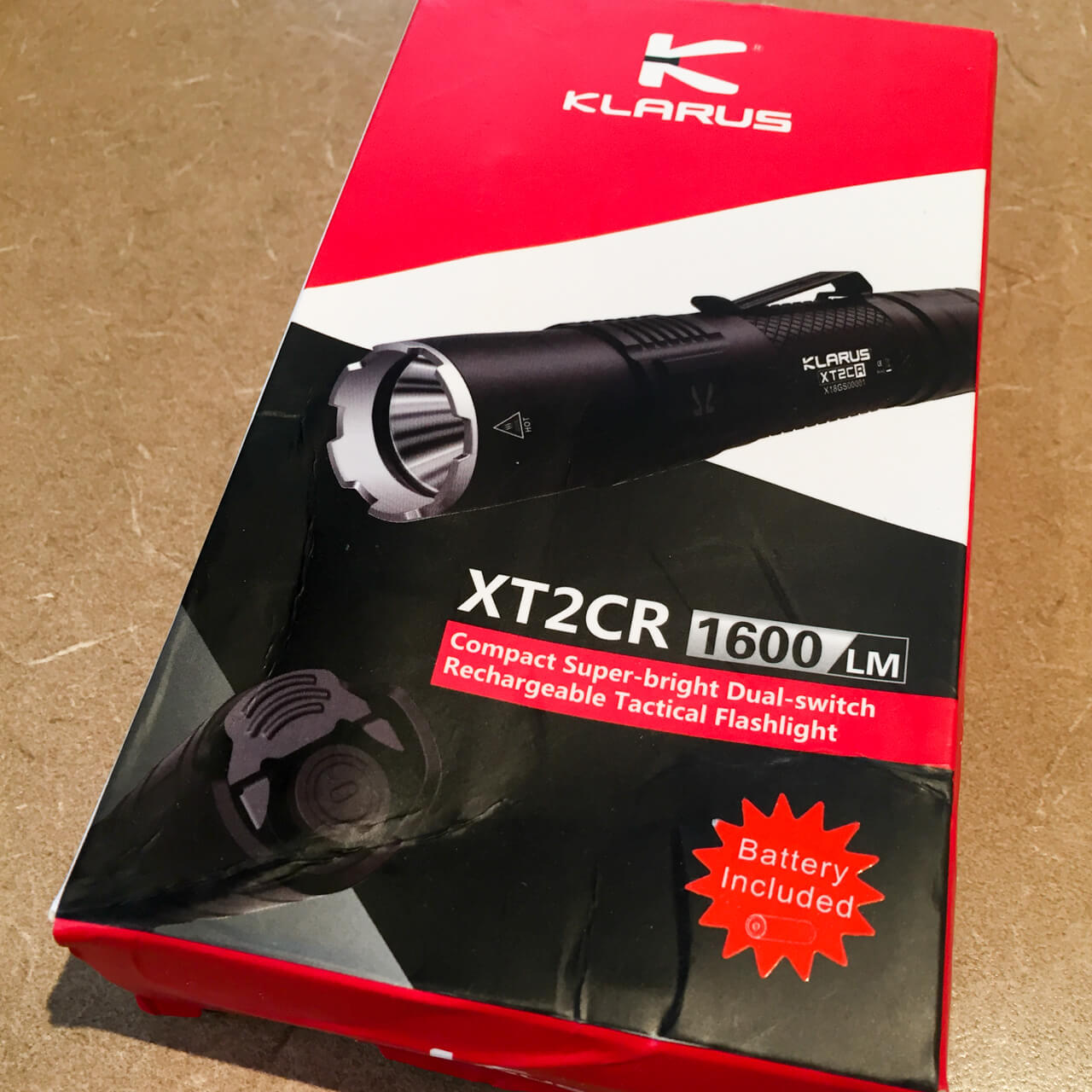
Klarus XT2CR packaging
Construction
The Klarus XT line of flashlights is popular with light painting photographers due to the dual tail switch “tactical” user interface. The Klarus XT2CR is a little brother to the XT11GT and XT12GT flashlights, being in an 18650 tube light class (i.e head diameter is same as the body diameter). It uses a genuine Cree XHP35 HD LED emitter, with a maximum claimed output of 1600 lumens. Maximum peak beam intensity is very good for this category of light at 14,000cd making it very suitable for lighting longer light painting tools such as tubes, swords, and lightflutes. The head diameter is 25.6mm, and it is thus a perfect fit for the LPB Universal Connector, Herramientas Cone, and flexible 25mm plumbing connectors. If you also want compatibility with the Liteblades system then consider the larger XT11GT instead. The crenelated bezel can be unscrewed if required.
The light comes with a Klarus branded “3600mAh” protected 18650 li-ion battery (a high quality Sanyo/Panasonic battery inside), and the flashlight has internal USB charging at 1A. The charging terminated slightly early at 4.15V, but this is probably better for battery lifetime. Most 18650 li-ion batteries – protected or unprotected, flat top or button top will also fit in this light, however they must be able to handle more than 7A of continuous current to achieve the claimed max 1600 lumen output. The light can be safely locked out when not in use by slightly unscrewing the tail cap.
User Interface
The user interface on this light involves the use of two tail switches – the circular primary switch, and paddle like mode switch. There are two settings – “tactical” setting (with one touch turbo and strobe) which is more useful for light painters, and “outdoor” setting (with one touch turbo and low mode). In “tactical setting” a half-press of the primary switch allow for momentary turbo. A full press turns turbo on (and off). Once on, the mode switch can be used to cycle through modes Turbo 1600lm>High 400lm>Low 10lm (note: 100lm Medium mode only available in “outdoor” setting).
The strobe works as follows using the mode switch:
Press <4secs = Momentary single frequency strobe.
Press and hold = Constant fast frequency strobe (release and click again to turn off, or click primary for turbo).
Press >4secs and release = Two frequency strobe (click to turn off, or click primary for turbo).
The strobe functionality is very flexible, but quite fiddly, especially if you want to avoid the two frequency strobe. You can go from turbo to strobe and back again on the fly – useful for lightblading. Whilst I like the user interface, it lacks any mode memory, so it is not possible to either turn the light on or have momentary functionality (useful for light drawing) in anything other than turbo or strobe mode. Both the Nitecore P10GT and Thorfire TK15S allow for momentary in all modes.
An optional accessory is the TRS1 pressure switch that can be connected to the tail. This allows for access to the two tail switch functionality, but with the switch in a more ergonomic location of your choosing. This is excellent for light blading when using light painting connectors, and allows for more control over the light. Use of the TRS1 pressure switch is similar to using the tail switches. The exception to this is that a <4sec press of the main switch is momentary and >4secs is full on.
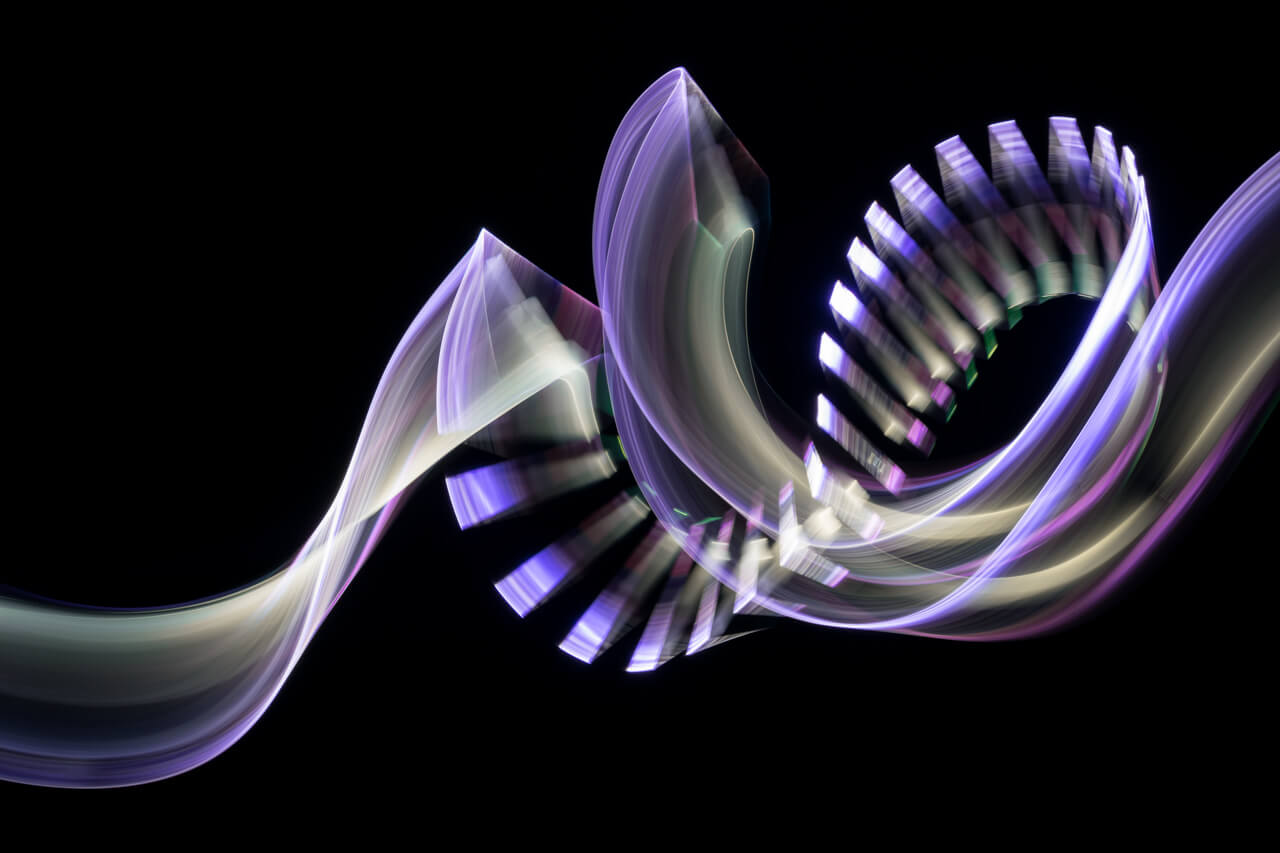
Light blading with Klarus XT2CR & TRS1
Beam, output, and runtime
18650 tube lights are unable to continuously sustain more than around 600-700 lumens without getting too hot to hold. Thus lights in this category have to step down brightness output by various methods to control heat. The Klarus XT2CR does this by using an “intelligent temperature protection system”. This continuously adjusts output up or down based on the lights temperature. I found that visually noticeable dimming occurs from the measured 1550lm initial output after 30 to 75 seconds (depending on the temperature of the light), with the output varying between 500-820lm after 10 minutes. If you need continuous output without any dimming, you are better off using the 400lm high mode. The 100lm Medium and 10lm Low mode use PWM, but this was not noticeable in light trails.
Be aware that due to the heat produced, this light can burn through cellophane (used as colour gels) within a few seconds if the cellophane is placed adjacent to the head.
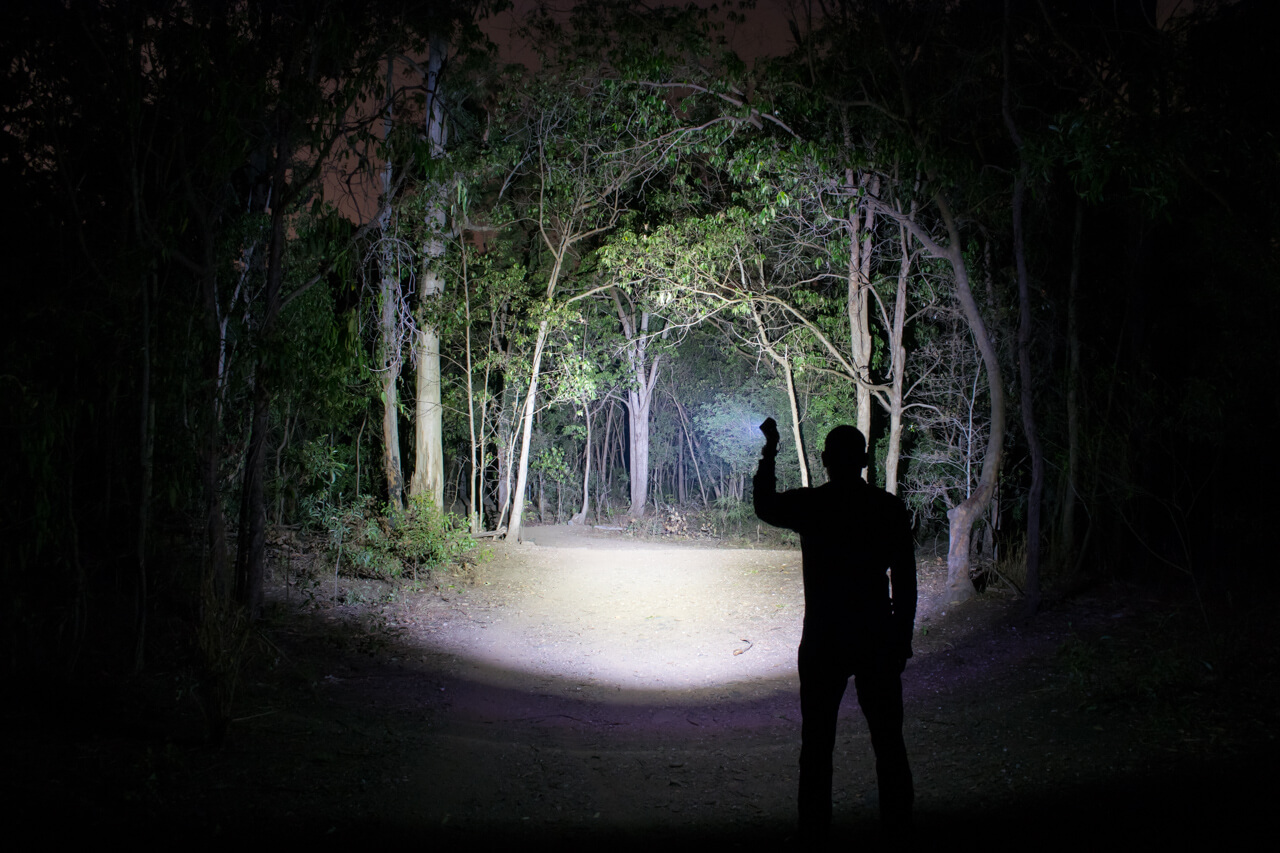
Beamshot on turbo mode at f/5.6, 3secs, ISO400.
Conclusion
Things I liked:
Good build quality
Very bright initial output – 1 stop exposure advantage over most similar sized flashlights
Momentary access to turbo and strobe
Single and two frequency strobe options (but can be fiddly to avoid two frequency strobe option)
Covered micro USB charging point, and battery charge remaining indicator
High quality Panasonic/Sanyo 18650 battery included
Accepts wide range of protected and unprotected 18650 (>7A required for max output)
Can be used with the TRS1 remote pressure switch for more control
Things I didn’t like:
No mode memory (no instant access to medium or high modes)
Fast step-down in turbo (consequence of initial high brightness and thus heat)
The Klarus XT2CR is a useful light for light painters to have in their lighting arsenal and has a 1 stop photographic exposure advantage over similar sized flashlights that I’ve tested so far on turbo mode. It is possible to change between turbo and strobe (single or two frequency strobes) on the fly, but can be a bit fiddly.
I’ll be reviewing the Klarus XT2CR’s bigger brother, the XT11GT soon.










